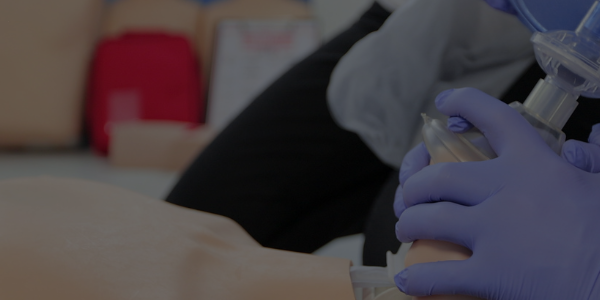Chest pain (angina) is a common symptom of coronary heart disease (CHD). CHD is caused by the build-up of fatty deposits in the arteries that supply blood to the heart. This can cause the arteries to narrow, restricting the flow of oxygen-rich blood to the heart muscles.
Sometimes, when people with CHD are physically active or under emotional stress, their heart muscle needs more oxygen than usual. If there’s a restriction in the blood vessels supplying it, this can cause chest pain (angina).
Chest pain (angina) is pain or discomfort in the chest, usually occurring with activity or emotional upset. The pain may spread from the chest to the jaw, back, shoulder blades or arms.
It occurs when there is not enough blood flow to the muscles of the heart. It is a common symptom of coronary heart disease (CHD). CHD is the most common form of heart disease and affects more than 2 million people in Australia.
It usually lasts for a few minutes and will then go away with rest. However, if it lasts longer than 15 minutes or is particularly severe, call 999 immediately and ask for an ambulance.
It caused by reduced blood flow to the heart is called angina pectoris or simply angina. Other causes of it include:
- Heart attack (Myocardial infarction)
- Pericarditis
- Aortic dissection
- Pneumothorax or pleurisy
- Pulmonary embolism
- Costochondritis, Tietze syndrome or fibromyalgia
- Esophageal spasm or gastroesophageal reflux disease (heartburn)
Call 000 or your local emergency number if
- You’re sweating and short of breath.
- Your chest hurts when you exert yourself (angina).
- Your chest discomfort begins suddenly and lasts more than a few minutes.
- You have unexplained chest pain that lasts repeatedly for several days.
You can reduce risk by taking the steps that includes:
- Stop smoking. Smoking increases your risk for developing CAD and may make symptoms worse. Quitting can lower your risk for further narrowing of the arteries.
- Eat a healthy diet. Eating a diet that’s low in saturated fat and cholesterol can help prevent narrowing of the arteries. In addition to fresh fruits and vegetables, try to eat foods that contain omega-3 fatty acids, such as cold-water fish (like salmon), flaxseeds, and walnuts.
The most common cause of it is heartburn. Heartburn is a condition in which the acidic stomach contents back up into the esophagus (food pipe). The pain often rises in the chest and may radiate to the neck, throat, or angle of the jaw. Heartburn is usually linked with eating a heavy meal or drinking coffee or alcohol.
Please note that regular First Aid and CPR Training is the best way to make sure that you’re prepare in the case of an emergency. Book a course with us!
Find this article useful? Read more of our blogs here!





